
Paul Chek – Scientific Back Training
Paul Chek – Scientific Back Training
The Scientific Back Training Correspondence Course is a must if you are involved in training or rehabilitation. With this Course you have access to some of the best information available, presented in such a manner that makes the learning process both productive and enjoyable.
Vol 1:
This Course begins with a very specific and comprehensive anatomy review that is vital to understanding correct training and rehabilitation for the back. You will learn all about:
* The significance of Intra-abdominal pressure
* Why abdominal muscles are a vital part of the back musculature
* The hydraulic amplifier mechanism
* Erectors versus the abdominal muscles as rotators and stabilizers
* Why the spino-scapular muscles are back muscles
* Optimal/dysfunctional shoulder girdle position and thoracic curvature
* Gleno-humeral & spino-scapular force couples
In summary: This video has a massive amount of information on functional anatomy, movement mechanics and the involvement of the abdominal muscles in training and rehabilitating the back
Vol Two:
You will learn about:
* The upper cross syndrome (continued from the previous tape)
* Force-couple relationships>
* Preventing faulty movement patterns and how they are developed
* Bent over rows this is a practical analysis and demonstration for you to follow and understand the practical part of this series
* The hip extensor mechanism
* Lumbar lifting posture
* Understanding lumbo-pelvic rhythm
* Assessing lumbo-pelvic rhythm practical
* The issues associated with lifting postures and how there is a huge misunderstanding in this area. If you teach any form of lifting this is a very important topic.
Vol 3:
You will learn:
* Range of Motion assessment procedures
* How the functional relationship between tonic and phasic muscles is involved in muscular imbalance and injury/ dysfunction.
* Posture curves and exercise selection. Paul Chek covers this in detail, debunking some of the myths along the way.
* Upper and lower cross syndromes
* Sway back posture
* Determining pelvic tilt and lumbar lordosis
* Wall standing lordosis test
* Scoliosis
* Importance of correct neuromuscular motor programming
* Facts about motor learning
Vol 4:
You will see the following demonstrated:
* Prone cobra plus variations
* Alternating superman
* Kneeling trunk extension
* Kneeling trunk flexion
* Hanna s three-part part side flexion
* Horse stance exercises plus its many variations
* Progressions of these exercises are also covered, as this is an important issue.
* Squatology. You will also learn the dynamics of squatting so as to get the most from your client and to ensure their safety. This is a very comprehensive topic that is an absolute must if you have your clients performing squats. How exercise movements and techniques are often different to functional movements BUT that both are needed to be understood, learned and mastered for differing circumstances to ensure safety and efficiency of movement.
Vol 5:
The following exercises are discussed and demonstrated:
* Leg press
* Back extension in a great amount that will surprise you.
* Postural strength and conditioning tests are also included here as well as turning it into exercises on the back extension bench and on the mediBall.
* A wheel barrow exercise using the mediBall, its fun and hard.
* The low pull/seated row exercise
* The Total Gym
* Cables rows with many variations
* Bent over rows
* Deadlifts
* The pull over
* A Latissimus Dorsi length test and stretch
* Lat pull downs and a lot of the problems associated with them
* Reverse wood chop pattern (standing, kneeling, seated)
* Stick training plus many more
get Health and Medical course
More information about Medical:
Medicine is the science and practice of establishing the diagnosis, prognosis, treatment, and prevention of disease.
Medicine encompasses a variety of health care practices evolved to maintain and restore health by the prevention and treatment of illness.
Contemporary medicine applies biomedical sciences, biomedical research, genetics, and medical technology to diagnose, treat, and prevent injury and disease,
typically through pharmaceuticals or surgery, but also through therapies as diverse as psychotherapy, external splints and traction, medical devices, biologics, and ionizing radiation, amongst others.
Medicine has been around for thousands of years, during most of which it was an art (an area of skill and knowledge) frequently having connections to the religious and
philosophical beliefs of local culture. For example, a medicine man would apply herbs and say prayers for healing, or an ancient philosopher and physician would apply bloodletting according to the theories of humorism.
In recent centuries, since the advent of modern science, most medicine has become a combination of art and science (both basic and applied, under the umbrella of medical science).
While stitching technique for sutures is an art learned through practice, the knowledge of what happens at the cellular and molecular level in the tissues being stitched arises through science.
Preview Information:
Original Page
Archive Page
Paul Chek – Scientific Back Training Available now at Vincourse.com
Paul Chek – Scientific Back Training Download, Paul Chek – Scientific Back Training Available Now, Paul Chek – Scientific Back Training Order, Paul Chek – Scientific Back Training Reviews, Paul Chek – Scientific Back Training Torrent, Paul Chek – Scientific Back Training Course Download, Paul Chek – Scientific Back Training ClubBuy, Paul Chek – Scientific Back Training Groupbuy


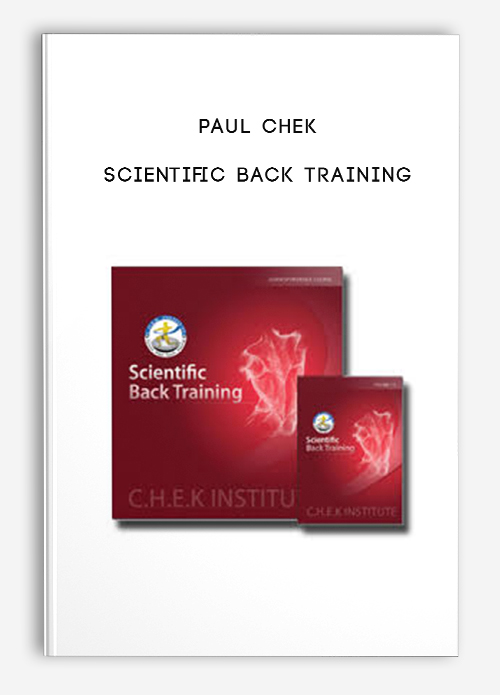
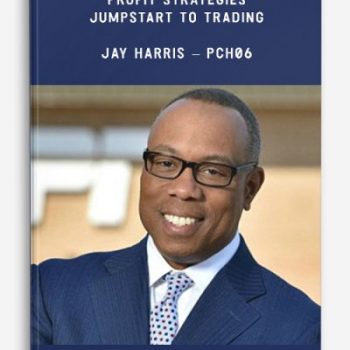
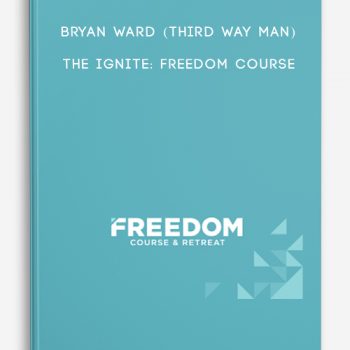
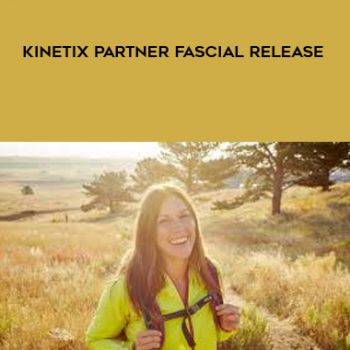
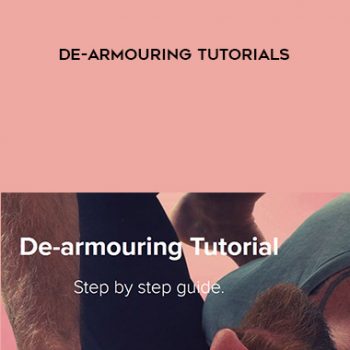
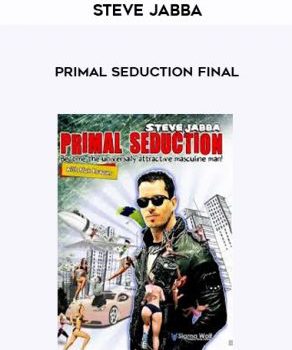
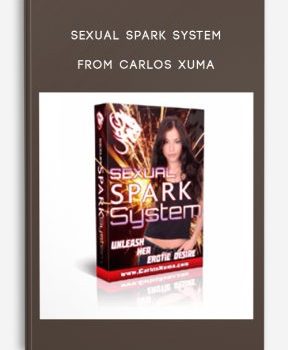

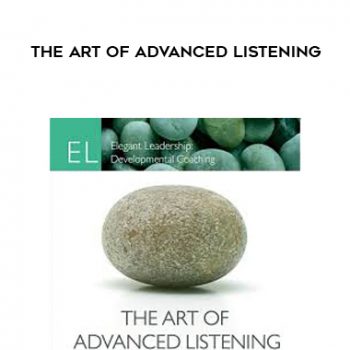
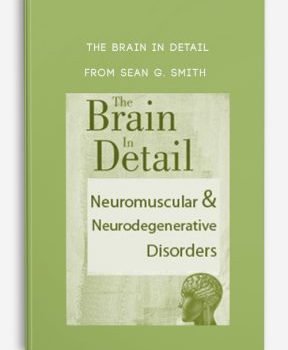
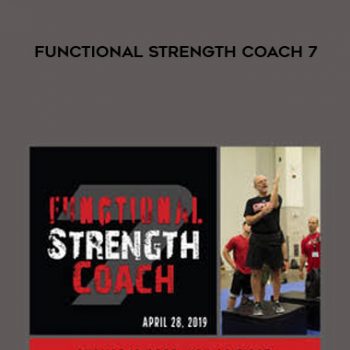
Lord –
Paul Chek – Scientific Back Training is available at Coursecui.com
This is Digital Download service and email download delivery.